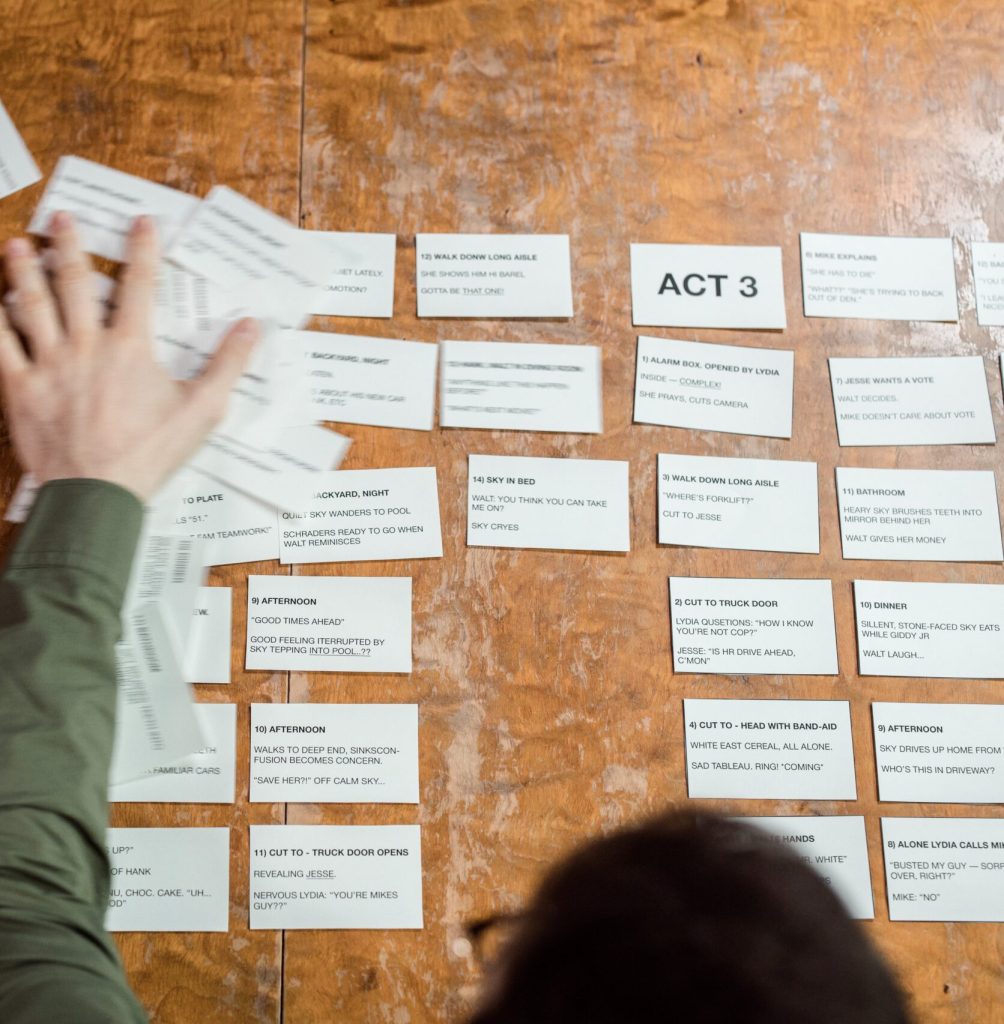Writing Effective Dialogue
Techniques for Natural and Engaging Conversations
Dialogue is a cornerstone of screenwriting, playing a crucial role in developing characters, advancing the plot, and engaging audiences. Writing effective dialogue requires skillful use of language, an understanding of character dynamics, and the ability to create natural and engaging conversations. In this blog post, we’ll explore techniques for crafting dialogue that feels authentic, resonates with viewers, and enhances the overall storytelling experience.
1. Know Your Characters
Before writing dialogue, it’s essential to have a deep understanding of your characters’ backgrounds, personalities, motivations, and unique voices. Each character should have a distinct way of speaking that reflects their traits, experiences, and emotions. Consider factors such as age, upbringing, culture, and profession when crafting dialogue for different characters.
2. Use Subtext and Implied Meaning
Effective dialogue often includes subtext and implied meaning, allowing characters to communicate underlying thoughts, emotions, and intentions without stating them explicitly. Subtext adds depth to conversations and invites viewers to interpret the underlying layers of communication, creating intrigue and engagement.
3. Show, Don’t Tell
Instead of having characters directly explain their feelings or thoughts, show these emotions through actions, gestures, and subtext in dialogue. Use body language, facial expressions, and tone of voice to convey emotions and reactions, making dialogue more dynamic and realistic.
4. Create Conflict and Tension
Dialogue becomes more compelling when it involves conflict, tension, and disagreement between characters. Use differing opinions, conflicting goals, and unresolved issues to fuel engaging conversations that drive the plot forward and reveal character dynamics.
5. Focus on Verbal Nuances
Pay attention to verbal nuances such as pauses, hesitations, interruptions, and non-verbal cues like sighs, laughs, or changes in tone. These subtle elements add realism to dialogue and mimic natural conversational patterns, making interactions between characters feel more authentic.
6. Use Dialogue Tags Sparingly
While dialogue tags (e.g., “said,” “asked,” “shouted”) are necessary for clarity, avoid overusing them or using overly elaborate tags that distract from the dialogue itself. Instead, use action beats and context cues to attribute dialogue and convey characters’ emotions and actions.
7. Edit and Refine
After writing dialogue, revise and refine it to ensure clarity, conciseness, and impact. Cut unnecessary words, streamline exchanges, and focus on crafting dialogue that is concise yet meaningful, enhancing pacing and readability.
8. Read Dialogue Aloud
One effective technique for evaluating dialogue is to read it aloud or have actors perform the lines. This helps identify awkward phrasing, unnatural rhythms, and dialogue that doesn’t flow smoothly. Make adjustments based on how the dialogue sounds in a spoken context.
9. Study Dialogue in Films and TV Shows
Analyze dialogue in well-written films and TV shows to learn from masterful screenwriters. Pay attention to pacing, rhythm, character voice, subtext, and how dialogue contributes to character development and storytelling.
10. Seek Feedback
Lastly, seek feedback from peers, fellow writers, or script consultants to get insights into the effectiveness of your dialogue. Incorporate constructive feedback and continually strive to improve your dialogue-writing skills.
Conclusion
Writing effective dialogue is a skill that requires practice, observation, and a deep understanding of character dynamics and storytelling techniques. By focusing on character authenticity, subtext, conflict, verbal nuances, and revision, screenwriters can create dialogue that feels natural, engaging, and enriches the overall narrative. Remember that dialogue is not just about conveying information but also about revealing character, advancing plot, and immersing audiences in the world of the story. With dedication and attention to detail, writers can master the art of crafting compelling and impactful dialogue that resonates with viewers.

